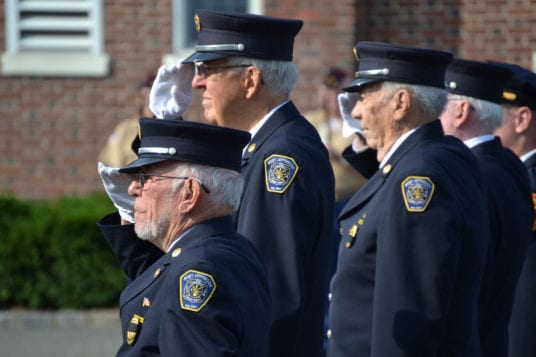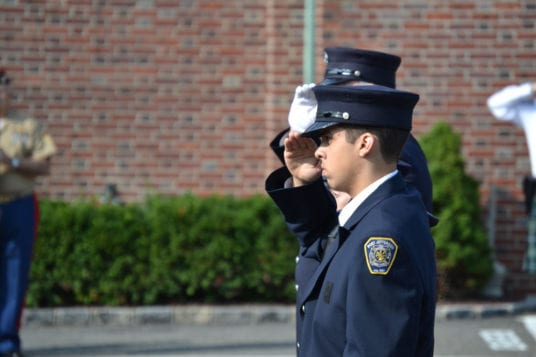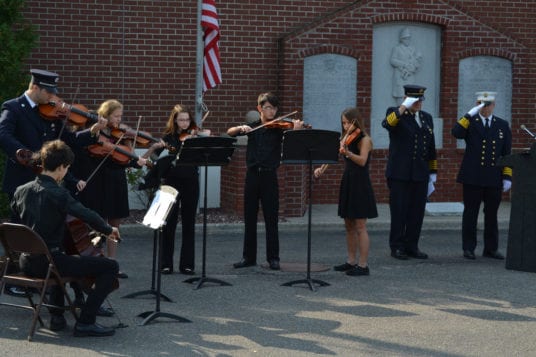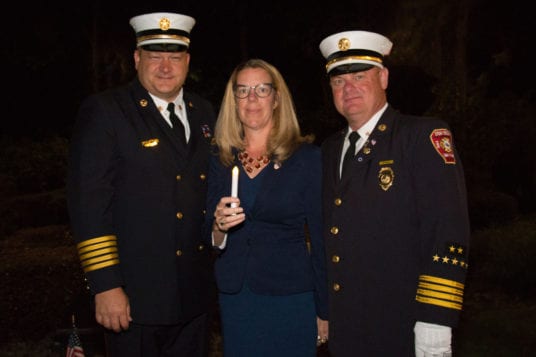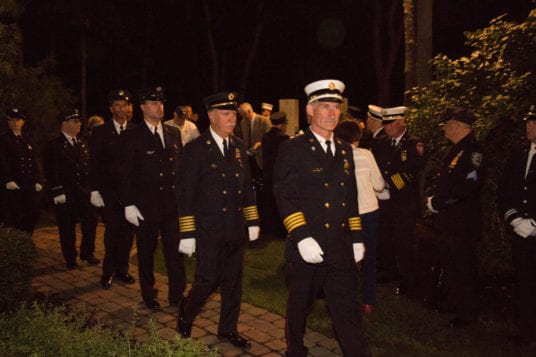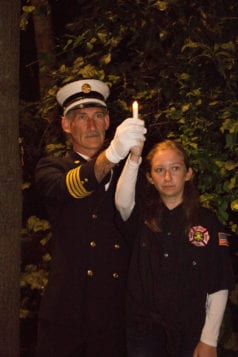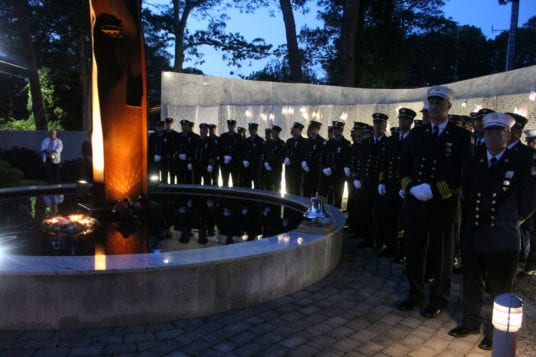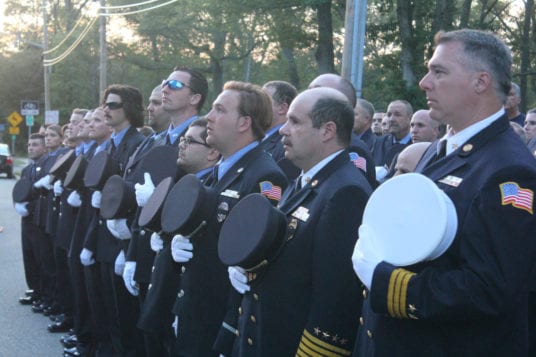By Bill Landon
Harborfields settled the score Saturday as the Tornadoes invaded Rocky Point and avenged last year’s homecoming loss by outscoring the Eagles 20-13 during a homecoming celebration of their own. Rocky Point senior Petey LaSalla bulled his way up the field for two touchdowns to help tie Harborfields with eight minutes left in the game, but a Tornadoes touchdown and stop sealed the Eagles’ fate Sept. 16.
“The juniors on last year’s team remember that loss,” Harborfields head coach Rocco Colucci said. “I mean, hats off to Rocky Point, they’re a great football team and with good teams it usually does go down to the last minute, but what better way than to [come here] and return the favor at their homecoming game.”
Harborfields dominated the time of possession in the opening half, but the Eagles’ defense held the team to just one touchdown after senior quarterback P.J. Clementi found a hole into the end zone at the 10:58 mark of the second quarter. With a failed point-after attempt, the team took a 6-0 lead into the break.
“Our defense [played well] in the first half to hold them to just six points when they had possession like 90 percent of the time,” LaSalla said. “We lost a close one last week and this obviously sucks going 0-2, but we have power points [given to teams that face top-ranked opponents] and we have a big game next week at Comsewogue, which is their homecoming, and hopefully we can do to them what Harborfields did to us.”
The Eagles opened the second half by marching the ball down to a fourth-and-one, but Harborfields’ defense plugged the hole and took over on downs. The Tornadoes used the possession to strike with just two minutes left in the quarter. Clementi took another keeper across the goal line, and Harborfields senior Ethan Krauss split the uprights this time to put his team ahead 13-0.
“Our offensive and defensive lines were unreal today — they were making holes, they were clogging holes,” Clementi said. “To have those big guys up front, it’s a blessing, but I knew [Rocky Point was] going to try to get [Petey LaSalla] the ball. because he’s their playmaker.”
The Eagles’ offense opened the final quarter with a new look, putting LaSalla in shotgun formation. The running back plowed up the field until he crossed into the end zone for Rocky Point’s first touchdown of the day. Senior Jack Costa nailed the extra-point kick attempt to pull within six, 13-7. LaSalla scored again, but a missed kick blew Rocky Point’s chance at taking its first lead of the game.
With the score tied 13-13, Clementi hit senior wide receiver Chris Dluginsky bolting down the left sideline 56 yards to Rocky Point’s 22-yard line. Senior running back Jimmy Bifulco finished the job with the final touchdown of the game for the 20-13 win.
“I know they’re a great team, well-coached, but we came out here and we played our best,” Bifulco said. “We’re a family, we stick together the entire way and when it comes down to the last minute, we’ll finish it.”
Harborfields did just that, holding off Rocky Point on its final attempt deep in Harbrofields’ territory with 14 seconds left until the time expired.
“I was sitting on the sideline and and I couldn’t watch,” Clementi said. “I walked back to the track and turned around. I was just waiting for that [last] play to be over.”
Rocky Point head coach Anthony DiLorenzo said he wishes he’d have taken a timeout when a first down was signaled following Rocky Point’s first possession of the second half.
“Unfortunately, at the end of the game, that came back to bite us,” he said. “We came up short on the two-yard line.”
Colucci said he couldn’t be more proud of his players, especially despite not being at full strength.
“This was the ultimate team win,” he said. “Even at halftime people were looking at each other and saying ‘we still got this.’ I have a couple of guys who weren’t feeling well and I told them ‘don’t play for yourself, play for the guy next to you because next time they’re going to do it for you,’ and that’s going to win us some close games.”













































